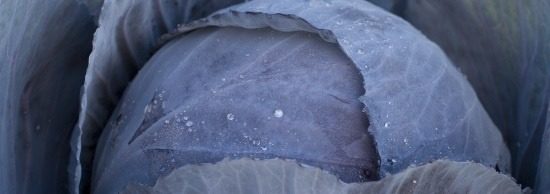Root rot, Pythium wilt
Host plants
A wide variety of host plants, including flower bulbs, chrysanthemum (Chrusanthemum spp.), cucumber (Cucumis sativus) and zebra plant (Calathea spp.).
Symptoms
Pythium damage first becomes visible at the roots, which turn blackish brown and show signs of rotting. Wilting occurs in the early stages of the infection process, after which the plant gradually, sometimes only partially, withers away. The clearest symptom is the complete rotting of the roots, as a result of which the root bark can easily be peeled of the root cylinder. The boundary between diseased and healthy tissue is often clearly delineated. Plant growth is retarded and the leaf can turn yellow, due to insufficient nutrients being absorbed through the roots.
Favourable conditions
Pythium is a secondary parasite that particularly affects young plants. External causes, such as temporary flooding, high soil temperatures, inappropriate fertilisation and overly moist propagation, can cause large-scale damage.
Dispersion/survival
In diseased tissue, Pythium produces thick-walled resting spores (oospores) that can survive for several months. In moist, warm conditions, these develop into 'swimming spores' (zoospores), which are then easily dispersed by water and soil splash.











